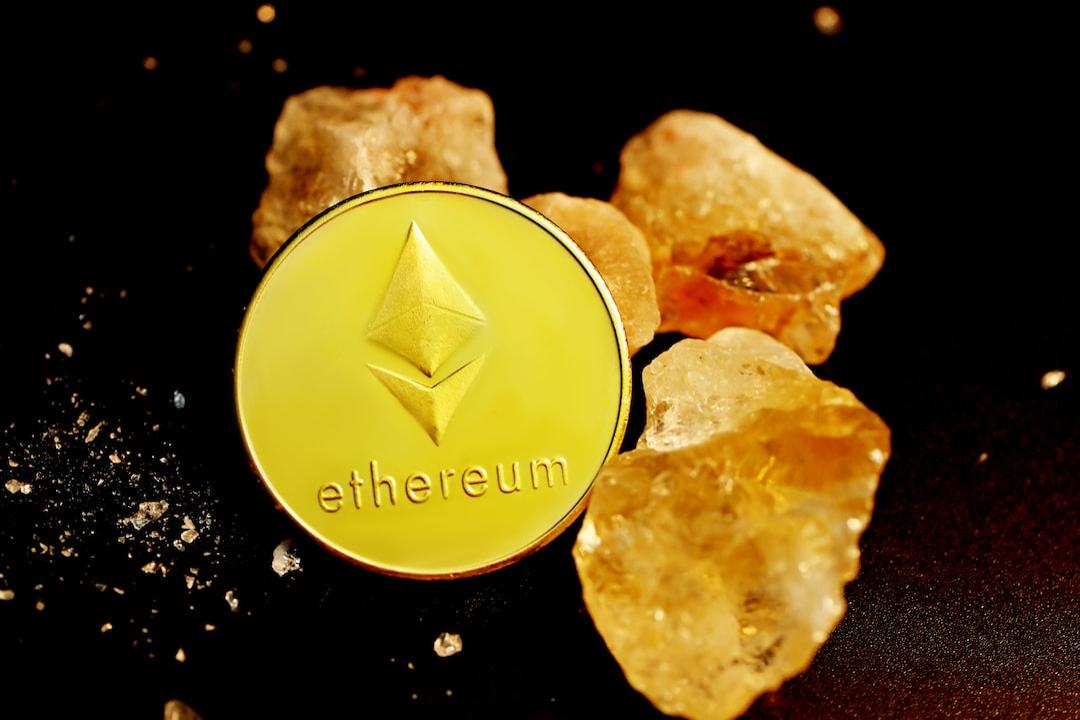Ethereum Transaction Fees Hit Five-Year Low, Layer 2 Poison Theory Sparks Discussion
Recently, Ethereum’s average transaction fee (Gas Fee) has entered a “0 gas” dormant state, with some periods even reaching levels not seen since 2020 when Ethereum was less frequently used. This indicates a significant issue with Ethereum’s network activity. The community has recently initiated a wave of FUD (Fear, Uncertainty, Doubt) surrounding Ethereum, with many developers and users criticizing the failure of the Layer 2 strategy.
In 2022, during a time of congestion and high transaction volume on Ethereum, Layer 2 solutions reduced the average transaction fee from over one dollar to around 0.1 to 0.2 dollars. This was viewed by Ethereum founder Vitalik Buterin as an ideal stage for transaction usability. However, today, Ethereum Layer 1, which is facing low interest, seems to have less need for Layer 2. As of the time of this report, the simple DEX transaction fee on Ethereum has dropped to 0.19 dollars. Coupled with the recent downturn in Ethereum’s cryptocurrency price, both the community and blockchain experts consider this a significant warning sign.
Historically, high Gas fees were seen as the main pain point hindering the widespread adoption and user experience of Ethereum from 2020 to 2022. However, the rise of other smart contract platforms and the overall market changes in on-chain transaction demand have made Ethereum’s evolutionary direction appear quite peculiar. Beyond lower Gas fees, whether Ethereum has other attractions and functionalities to retain customers is what the market actually cares about.

Layer 2 Affects Mainnet: Token Economy Collapse
Currently, Layer 2 scaling solutions are flourishing. Numerous Layer 2 networks, such as Arbitrum, Optimism, Base, and zkSync, achieve scaling and reduced costs by submitting partial final results or proofs back to the Ethereum mainnet (Layer 1). Following the Dencun upgrade, which introduced EIP-4844 (Proto-Danksharding), the cost of submitting to the mainnet from Layer 2 (referred to as Blob Gas Fee) has dropped by over 90%.
Transactions that might have occurred on the mainnet are now completed efficiently and cheaply on Layer 2. Ethereum, facing the role of its native token as a means to pay Layer 1 Gas fees, sees its core value diminishing significantly. This may also be a major factor affecting cryptocurrency prices. The emergence of Layer 2 could be draining the token economy of the mainnet. Meanwhile, Ethereum is gradually issuing tokens through PoS inflation, posing a severe challenge to its long-term development.

Demand Stagnation and Devaluation of Excess Tokens
Why is the cryptocurrency price dropping, and why are Ethereum users fewer than expected? This may be the question that actual users want to ask. However, it is essential to remind readers that the current prospects and architecture of Ethereum have undergone a complete transformation from the era of 2022. An Ethereum OG known as “Reverse Scale Dragon” revealed to us three main differences from the past Ethereum market, which have led to a continuous decline in cryptocurrency prices:
- Ethereum has not captured a significant share of the growing demand for smart contract platforms, resulting in a loss of innovation.
- The marginal cost of issuing Ethereum is nearly zero.
- The value tied to the Ethereum ecosystem is high, but in the short term, this value is generally only for liquidation needs.
Reverse Scale Dragon believes that, compared to Ethereum’s peak in 2022, the current Ethereum ecosystem has become stagnant. High liquidity TVL has long since migrated to other chains or Layer 2 solutions. The key point is that this growth is actually spreading out from the entire Ethereum system, resulting in an overall customer loss for Ethereum, especially among retail investors.
Large clients, due to security and lesser relocation needs, choose to continue using Ethereum, thus becoming the primary retained customers for Ethereum. Therefore, the construction of Layer 2 is irrelevant to them, merely existing as a redundant option.
In this era where Ethereum lacks fresh liquidity, old users do not need to engage with or develop high-frequency Layer 2 demands, thus the newly issued Ethereum tokens become worthless. This is the reason behind the collapse of the overall token economy:
As everyone has left, the chain is left with only those low-frequency, non-trading custodial demands. Do you think Ethereum’s burning will meet the originally set expectations? The most serious issue is that overall demand is stagnant and cannot rise, while token issuance has turned into inflation, exacerbating the situation.
It should be noted that this cannot be compared to the inflation of the PoW era, as the marginal cost of PoW tokens is not zero, while PoS is. Even if the inflation rate is lower than during the PoW era, regardless of the cryptocurrency price, those staking earners still have free profit that drains the entire ecosystem’s resources. This becomes particularly real when the overall Layer 2 construction becomes illusory.
You could say that the Ethereum Foundation’s actions resemble building highways that no one wants to use after entering a demand stagnation phase in PoS. Their approach is essentially to dump zero marginal cost tokens because they are out of money, but in reality, the demand for these tokens has not increased. Therefore, these long-term liquidation participants are actually draining the entire ecosystem’s resources while constructing useless mosquito devices, which is also why the Ethereum Foundation has faced such severe criticism.


